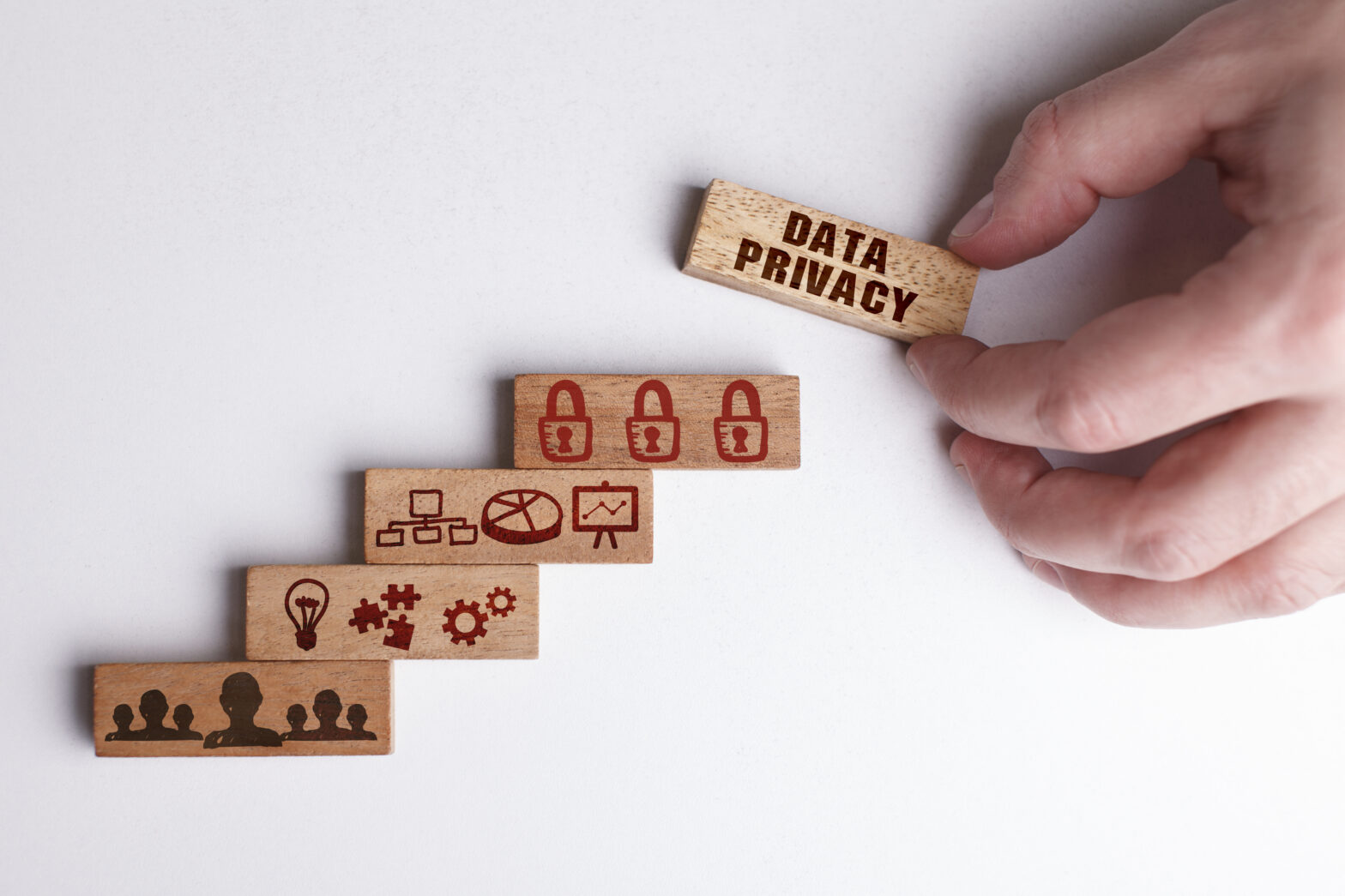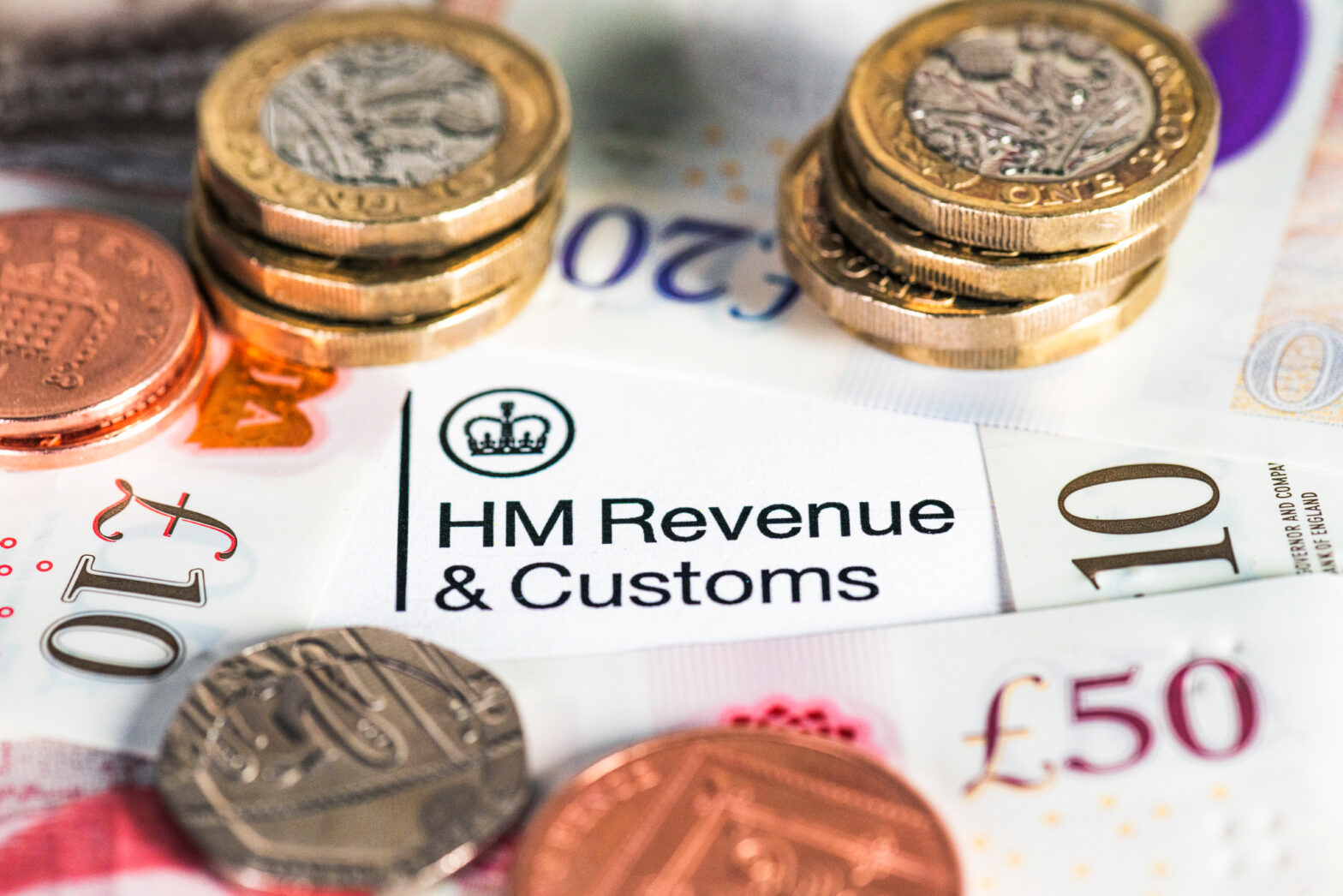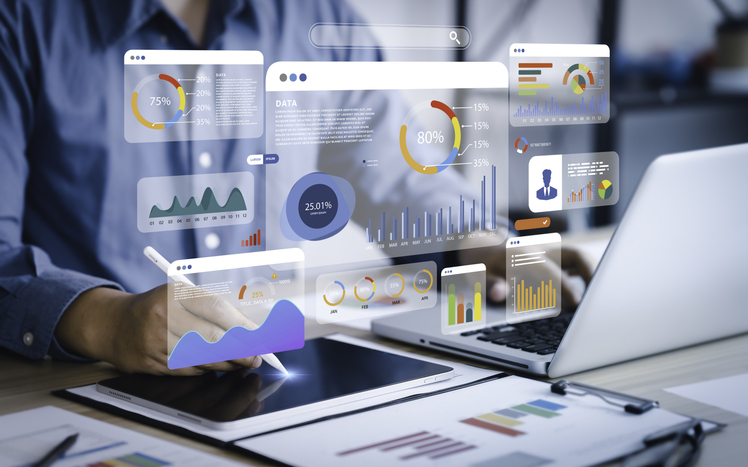Data is an organisation’s greatest asset but it’s not surprising that dirty data – incomplete, incorrect, inconsistent and duplicate data – affects every company. Time itself corrupts a significant amount of data, as customers change jobs, move, or change phone numbers. In addition, when departments lock up their data in silos, it can lead to incomplete customer profiles.
The data a business holds is only as good as how clean it is yet, according to a study by FastMap and Consumer Intelligence, just 35 per cent of organisations have a regular data cleansing process in place.
The management of data quality is a daunting challenge for many organisations but, without it, dirty data can lead to lost revenue, wasted marketing efforts, misinformed decisions and, eventually, damaged reputation. These business threats can however be avoided.
Visualisation technology – or dashboards – help organisations see their most important data at a glance, and monitor their data quality regularly and in real-time. Here’s how it can tackle the main threats that dirty data brings to growing businesses.
Lost revenue
According to Experian Quality Data, the average company wastes 12 per cent of revenue due to inaccurate information in their records – a figure unchanged since 2007. It is vital to understand the value of data to improve business performance, productivity and profitability, and dashboards remove excess information to quickly highlight errors and duplicates. Businesses need to be able to visualise revenue in real-time and spot unusual patterns or changes in customer spending to uncover when, and why, customers stop buying. With these insights, businesses can reach out to these customers before it is too late. It also means that, if customers are gradually buying less over time, you can spot this and look at other ways to generate revenue. By monitoring progress and performance, you can continually adapt according to your market.
Wasted marketing efforts
Even a well thought-out marketing campaign can’t achieve its goals if decision-making is based on dirty data. Companies that embrace visualisation technology will find their marketing department is able to make smarter decisions, and more quickly. Dashboards also help you to see the bigger picture, highlighting trends and patterns that were previously out of view. By easily comparing each marketing channel to one another in this way, you can then easily see which are most effective. In addition, they can provide the route to real ROI by taking the guesswork out of campaign analytics, meaning marketers can demonstrate true ROI in the growth and effectiveness on marketing spend to senior decision makers investing in their company’s brand.
Misinformed decisions
Smart and data-driven decisions are impossible when company records are incorrect or out of date. Comprehensive reports and effective forecasting rely on clean information. In today’s changing business landscape, visualisations technology can ensure you can gain a single view of operations to map performance, identify trends and help predict future opportunities or requirements to change priorities. It also helps inform board members who depend on high-level information, on demand. Dashboards not only enable data to be automated but, if necessary, tailored to individual requirements so each member has only those details crucial to their department, saving them time and effort.
GDPR protects customers – and company reputation
Customers expect organisations to be able to retrieve necessary data and history when they contact them, but they are increasingly aware of their privacy rights too. At the heart of the General Data Protection Regulation (GDPR) is consumer protection and the new rules will radically alter how data can be collected, stored or deleted. Centralising data in a dashboard gives you one, real-time version of the truth, highlighting any discrepancies in data collection and the explicit consent surrounding personal information, straight away. GDPR requires organisations to know precisely where they hold every single piece of personal data. Should you suffer a breach, pleading ignorance to data inconsistencies or the inaccurate treatment of data, is not a permissible excuse. Therefore, having the ability to quickly pull data from various sources into a dashboard, and understand it, is more important than ever. This approach to data management not only offers a great start to compliance but also the opportunity to uncover and resolve data that is ‘hiding’ throughout your network.
When it comes to using technology to clean up your data, think big but start small. The key is visualisation and simplicity. Quality data is complete, correct, consistent, up-to-date and complies to the GDPR regulations. Get that right and you can move your business ahead with a clear conscience.
Robert Dagge is managing director at Dynistics






